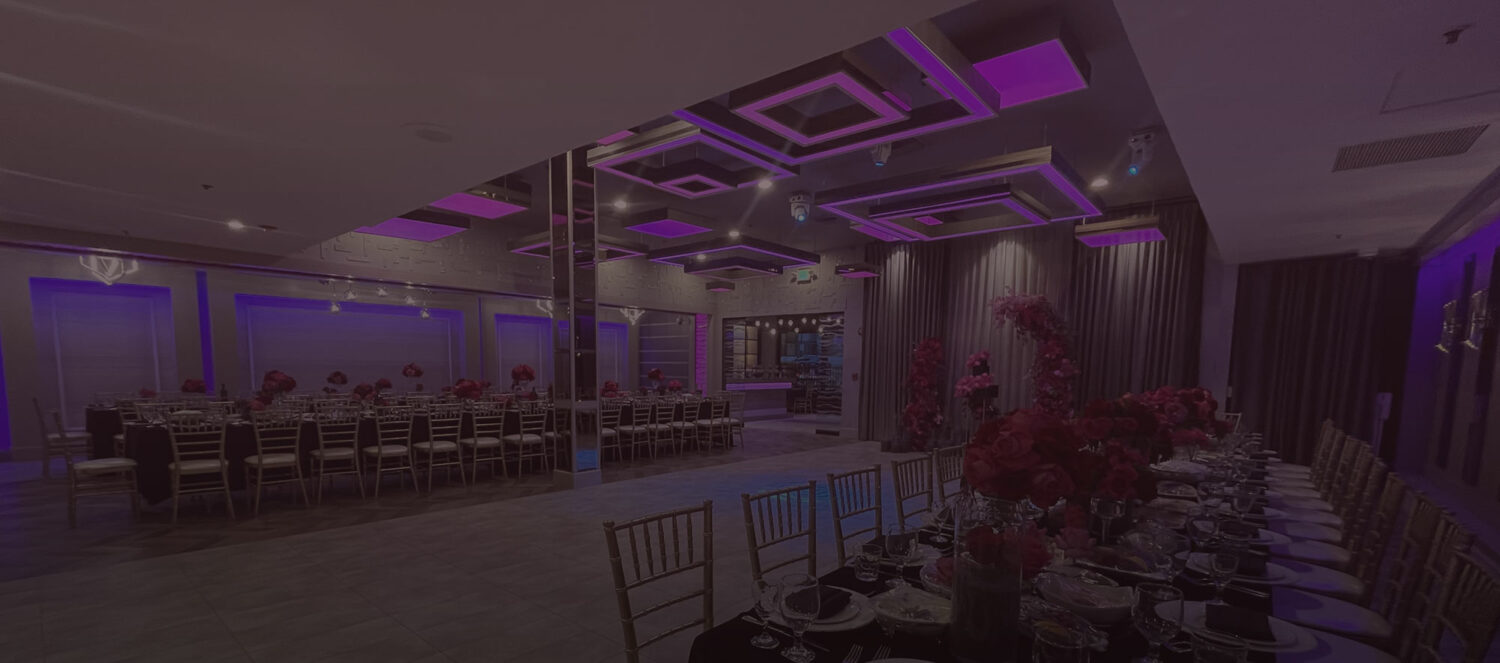Though all wedding ceremonies honor the love and commitment between two people, different cultures have unique ways of celebrating the institution of marriage. From intricate Henna tattoos to blaring bagpipers wearing kilts, Olivia Restaurant tracked down some of the most interesting (and strangest) wedding traditions from around the world. Maybe you’d even like to incorporate one or more of these exotic traditions in your Big Day!

Traditions From India (Hindu Weddings)
Indian weddings are colorful, joyous occasions full of exciting celebrations and beautiful traditions. One tradition, called Mehndi, occurs on the eve of a Hindu wedding ceremony and involves decorating the bride-to-be’s hands, arms, and feet with intricate Henna tattoos; according to lore, as long as the ink remains on her skin, the new bride is not required to do any housework. (As you can imagine, brides often seek out the darkest Henna ink they can find!) The Baraat (groom’s procession party) is another long-celebrated ritual in Hindu weddings – in this tradition, the groom arrives at the bride’s home accompanied by the dancing, singing, laughing members of his family, his relatives, and his closest friends.

Traditions From Russian (Russian Orthodox Weddings)
In Russia, the real fun starts after the wedding ceremony is complete. Tradition holds that Russian newlyweds and their wedding parties hop into decorated cars and visit their city’s historical sites after the “I Dos” are exchanged. Couples often leave flowers at each location and, after drinking champagne and taking lots of photographs, conclude the tour with much singing and dancing. At the reception afterward, the couple’s parents present them with bread and salt as a symbol of health, long life and prosperity; according to tradition, the person who takes the largest bite from the bread is the one who wears the pants in the family!

Traditions From China
Because tea is an important aspect of Chinese culture, it comes as no surprise that Chinese wedding traditions revolve around tea as well. In one such tradition, couples drink tea containing lotus seeds and two red dates; because the Chinese words for “seed”/”child” and “date”/”early” are homophones, Chinese families believe that putting these items in the newlyweds’ tea will result in children being born earlier, rather than later, in their marriage. In other interesting traditions, the newlyweds receive lucky red envelopes stuffed with money or jewelry after serving tea to their elders, and in some tradition households, the wife’s mother is not allowed to visit her son-in-law’s home until one year after the vows have been exchanged!

Traditions From Israel (Jewish Weddings)
Jewish weddings are both somber and joyous, half pious and half unbridled. Tradition states that a Jewish wedding ceremony must take place under a Chuppah (or wedding canopy) to symbolize the couple’s new home together as husband and wife, and at the end of the ceremony, the groom crushes a piece of glass (or a light bulb, because it makes a loud “pop!”) with his right foot – though the exact origin or reason for this tradition is unclear. Dancing is also a favorite tradition at Jewish weddings; in a dance referred to as “The Gladdening of the Bride,” guests dance around the bride throwing confetti and holding silly items like napkins tied into jump ropes, signs, and banners.

Traditions From Ireland (Celtic Weddings)
Celtic weddings are beautiful affairs, full of symbolism and mystical undertones. In one of the most beloved Irish traditions, newlyweds wrap a brightly-colored ribbon, rope, or cord around their clasped hands as a symbol of their commitment to one another. By another old superstition, evil spirits could be kept away from wedding ceremonies using church bells; in respect to this ancient belief, guests at modern Celtic weddings often wear bracelets or charms with tiny bells. And of course, what Irish wedding would be complete without a bagpiper leading the bride down the aisle!
